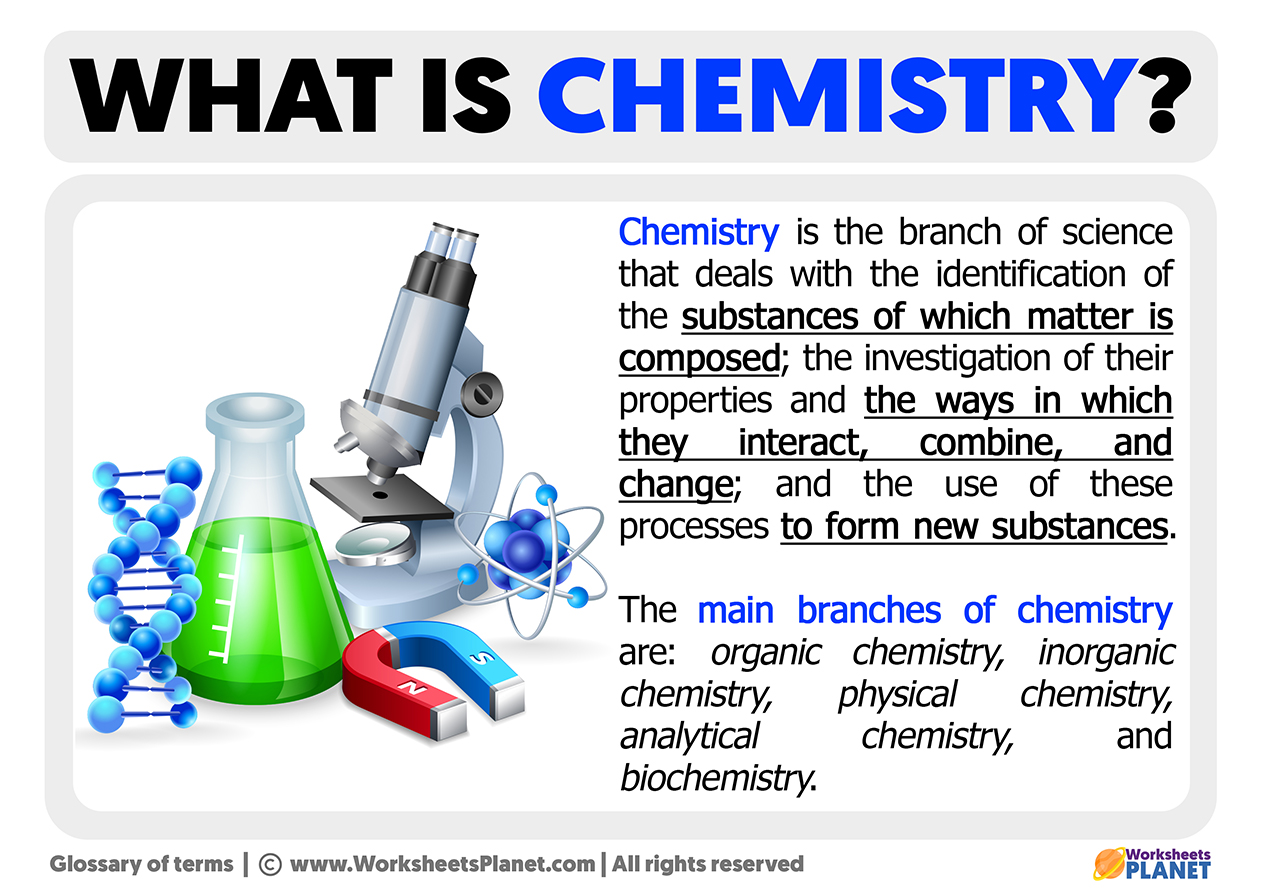In the journey to becoming a doctor, aspiring medical students often grapple with various academic disciplines that lay the groundwork for their future careers. Among these, chemistry and physics occupy pivotal positions. This raises an intriguing question: Is one of these sciences more critical than the other in the medical field? While it may seem frivolous to pit these two foundational sciences against each other, the interplay between chemistry and physics in medicine provides a unique lens through which to analyze their relative importance.
Firstly, let us explore the significance of chemistry in the realm of medicine. Chemistry, often described as the central science, acts as a bridge between physics and biology. Medical professionals must possess a nuanced understanding of chemical interactions, as these principles underlie many physiological processes. From the intricacies of metabolic pathways to the pharmacodynamics of medications, a robust grasp of chemistry is indispensable.
Consider the field of pharmacology. Doctors are routinely called upon to prescribe medications, necessitating an understanding of how drugs interact at the molecular level. This involves knowledge of chemical reactions, dosage calculations, and potential side effects—all rooted in core chemical principles. For instance, the concept of chemical bonding elucidates how different atoms interact to form the compounds that are critical in medical applications. Furthermore, understanding acid-base equilibria can be paramount when treating patients with metabolic disorders, where even slight imbalances can have dire consequences.
Next, we must delve into the role of physics in medicine. Physics, with its rich array of principles from mechanics to electromagnetism, profoundly impacts the tools and technologies utilized in healthcare. The operation of medical imaging devices, such as MRIs and X-ray machines, is heavily predicated on principles of physics. Physicians must understand these modalities to interpret the results accurately and diagnose conditions effectively.
Additionally, the principles of fluid dynamics—a branch of physics—are fundamental in understanding blood flow and hemodynamics. The intricate dance of blood through arteries and veins is influenced by various physical forces, which have significant implications in cardiology and vascular medicine. An awareness of these principles can potentially save lives, highlighting that knowledge of physics is not merely supplementary but rather essential in certain medical contexts.
However, the challenge arises when attempting to quantify the importance of these disciplines in a medical career. As we navigate through the dynamic landscape of modern medicine, it becomes evident that chemistry and physics are inextricably intertwined. To disregard either would be to diminish the multifaceted nature of patient care.
A humorous anecdote surfaces in this discussion, as it is often said that medical schools should offer a “how to study both chemistry and physics effectively” course. This playful notion underscores the real challenge faced by medical students: mastering the vast amount of knowledge required from both fields. So, the real question might not be which subject is more important, but rather how can one integrate the knowledge from both to enhance patient care?
As an illustration, consider a clinical scenario where a doctor must assess a patient presenting with chest pain. A thorough understanding of the chemical composition of blood allows for the interpretation of laboratory results, while knowledge of physics aids in understanding the mechanical aspects of heart function. When both realms are synthesized, the physician can arrive at a more holistic diagnosis and treatment plan.
Moreover, interdisciplinary approaches are becoming increasingly prominent in medical education. Programs that emphasize the integration of chemistry, physics, and biology reflect a paradigm shift towards a more cohesive understanding of medicine. This alignment nurtures a new generation of doctors who can think critically across disciplines, synthesizing information to enhance diagnostics and therapeutics.
It is also essential to acknowledge the advancements in medical technology that rely fundamentally on physics yet are intricately connected to chemical processes. For instance, the development of targeted drug delivery systems involves an amalgamation of chemical engineering and physical principles, showcasing the necessity of both sciences in innovation.
The discussion inevitably transitions to the evolving nature of medicine. In an era dominated by personalized medicine and biotechnology, the boundary between chemistry and physics blurs further. Techniques such as CRISPR gene editing, which necessitates a deep understanding of both molecular biology (chemistry) and mechanics (physics), exemplify the collaborative nature of these sciences. Thus, rather than positioning chemistry against physics, a more fruitful exploration lies in their convergence and the capabilities it affords aspiring doctors.
In conclusion, the question of whether chemistry or physics holds greater importance in becoming a physician may yield no definitive answer. Instead, it is the synergetic relationship between the two that equips medical practitioners with the diverse skill set necessary for effective patient care. To truly excel, one must tread the delicate line between chemical understanding and physical principles, leveraging both to illuminate the path to better health outcomes. The aspirant doctor stands at the intersection of these sciences, ready to harness their combined power to unravel the complexities of human health.












